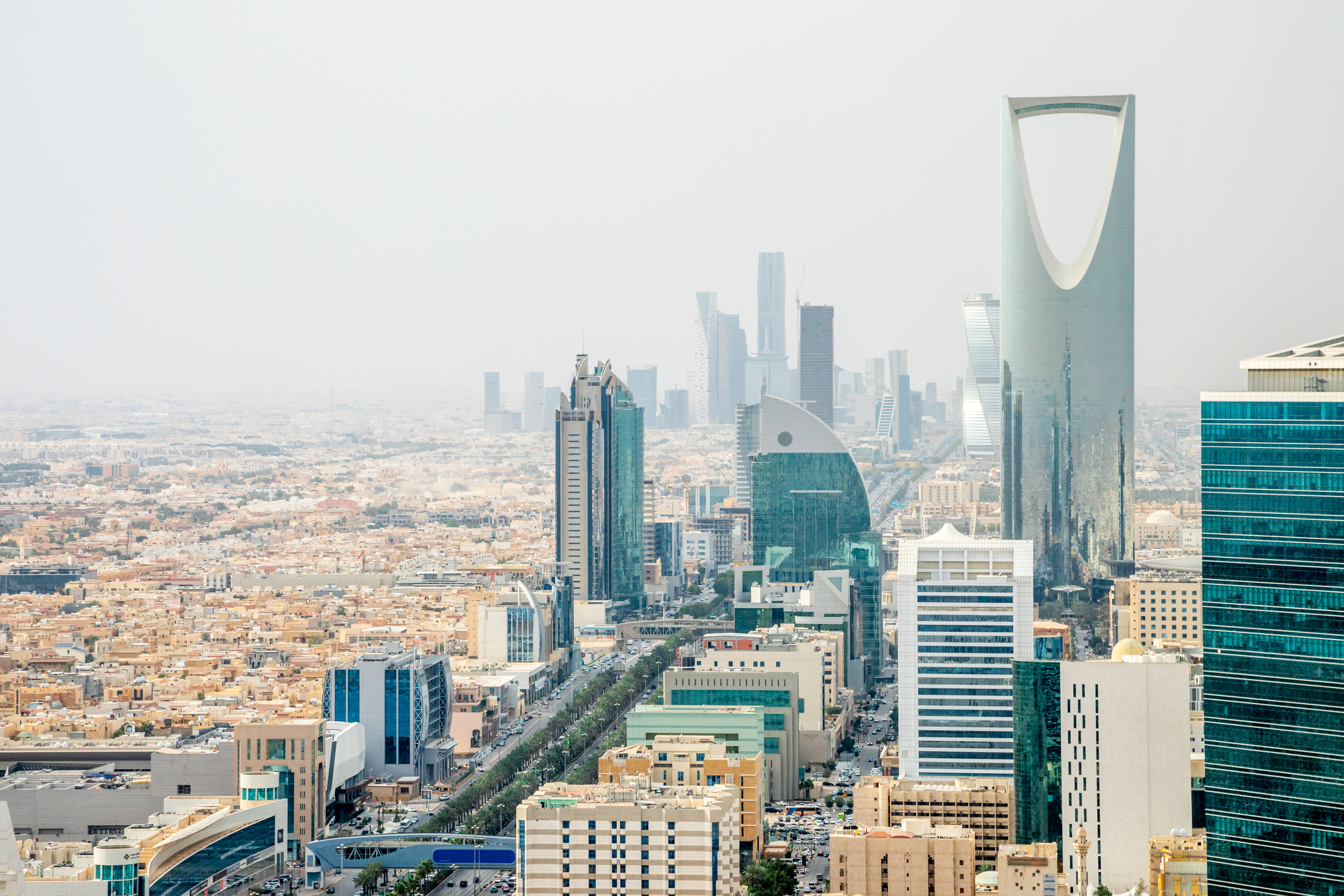|
For the first time on record, non-oil revenues represented half of Saudi Arabia’s GDP in 2023. Per the Kingdom’s Ministry of Economy and Planning, the country’s non-oil economy was valued at 1.7 trillion SAR (approximately $453 billion) at constant prices. The Kingdom’s private-sector investments expanded by a brisk 57% last year, reaching a record high of 959 billion SAR ($254 billion). The categories for arts & entertainment and real service exports grew by 106% and 319%, respectively.
MRP has recently highlighted a boom in the Saudi tourism and travel industries, as well as the booming value of its mineral resources, which are lighting the path forward for an oil economy that must begin diversifying to prepare for a future beyond peak oil. Though CEO of the state-run Saudi Aramco petroleum and natural gas company, Amin Hassan Nasser, asserted this week that the current phaseout of fossil fuels is “visibly failing on most fronts” and does not envision oil demand peaking by 2030, Saudi Arabia itself has committed to transitioning away from the polluting fuels and reaching net-zero carbon emissions by 2060.
Still, income from the oil trade is sure to bolster the Kingdom’s coffers for some time – particularly this year, as benchmark Brent crude oil futures have risen by 10.6% in the year-to-date period to more than $85.00 per barrel. That is well-above the $79.69 average price point that Saudi Arabia needs to maintain to balance its budget, per IMF figures. The Saudi finance ministry has forecast a budget deficit for 2024, but a continued rise in oil prices could potentially flip that balance into surplus.
Saudi Arabia may begin relying more heavily on sovereign debt markets to fuel their large ambitions this year, selling $12 billion in US Dollar bonds in January. That is the kingdom’s largest single issuance since 2017. Thus far, the Saudi government has relied very little on debt financing, carrying a debt to GDP ratio of just 24.8% last year. Per The Wall Street Journal, this figure is expected to rise to 26.9% by 2026, but that is still well below the average of emerging markets, as well as all countries tracked by the OECD, at 64% and 89%, respectively. The US, by comparison, carries federal debt that is equivalent to 144% of its GDP.
The relatively low debt load, combined with a massive boost to the value of Saudi Arabia’s mineral resources, which were recently increased to a valuation of $2.5 trillion (up from a 2016 forecast of $1.3 trillion), suggests the country has significant leeway to further tap debt markets while keeping the load borne by the government well within a manageable range. The mineral resources in question are largely composed of phosphate and valuable rare earths. Khalid al-Mudaifer, the Saudi vice minister for mining, told Semafor that a regional geoscience survey of the Saudi territory is currently only about 40% complete, which means there may be trillions of Dollars of further mineral reserves waiting to be discovered in the Kingdom. MRP noted in January that new mining projects would be backed by a $182 million mineral exploration incentive program. At the time, Saudi Arabia had already signed several memorandums of understanding (MOU), securing mining collaborations with Egypt, Russia, Morocco and the Democratic Republic of Congo.
The private sector of Saudi Arabia is expected to bear more debt in upcoming years. Bloomberg notes that Saudi banks may need to raise at least $11.5 billion via bonds in local and foreign currencies this year to keep liquidity flowing toward the construction of so-called giga projects such as the urban development of Neom. Cumulative debt offering of that size would surpass the previous annual record of $10 billion. The Kingdom will require $640 billion in construction spending over the next five years based on the current pipeline of projects, according to data compiled by Dubai’s MEED Projects.
Saudi Arabia’s Public Investment Fund (PIF) just expanded its AUM to $925.2 billion after receiving an additional 8% stake in Aramco (taking its total stake in the company to 16%) from the Saudi crown earlier this month. That could entitle the sovereign wealth fund to about $5 billion in dividend payments from Aramco every quarter, or about $20 billion per year, in addition to payouts from its vast $35.2 billion portfolio of publicly traded US equities tracked by fintel.io. Income from the PIF can make up for potential shortfalls related to the budget and, therefore, ease pressure on the Kingdom’s energy industry to fund the government’s aggressive fiscal expansion.
Though it just became the world’s fifth-largest state-owned investment organization, Reuters reports that PIF spent $31.5 billion deploying capital last year, equivalent to about a quarter of the $124 billion spent by all sovereign wealth funds worldwide in 2023. The PIF has been dabbling in debt markets frequently throughout the past two quarters, tapping $5 billion through the sale of a triple-tranche conventional bond in January and $3.5 billion in a sukuk deal in October. It reportedly began organizing investor meetings for another upcoming Islamic Dollar bond offering in late February. These raises may be in preparation for a planned escalation of annual capital deployment to $70 billion after 2025. IPOs of privately-held enterprises owned by PIF may also help with fundraising efforts going forward. The fund’s cash reserves have recently declined to a four-year low of $15 billion, but it appears it is gearing up to continue its investing spree.
|






Leave a Reply